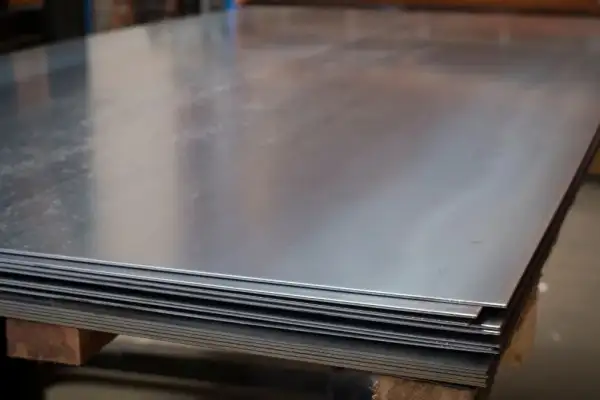The production of SSAW (Spiral Submerged Arc Welded) steel pipes involves a series of rigorous procedures to ensure high-quality output for various industrial applications. Below is an outline of the key steps involved in the manufacturing process.
Raw Material Testing:
The raw materials, including strip steel, wire, and flux, undergo strict physical and chemical testing to meet quality standards before production.
The strip steel head and tail are joined using single or double-wire submerged arc welding, ensuring a continuous strip for further processing.
Pre-Molding Preparation:
Before the strip steel is molded, it goes through flattening, cutting, trimming, planing, surface cleaning, and edge treatment to prepare it for the bending process.
Conveyor Pressure Control:
Electrical contacts on both sides of the conveyor control the pressure cylinders, ensuring the smooth delivery of the strip steel through the production line.
Forming Process:
The pipe is formed using either internal or external control roll forming methods, shaping the steel into its spiral structure.
Weld Gap Control:
A specialized device manages the weld gap to meet precise welding requirements. The diameter, volume, and alignment of the weld gap are strictly monitored to ensure accuracy.
Submerged Arc Welding:
Single or double-wire submerged arc welding is performed using advanced Lincoln welding machines, which provide stable welding specifications for both the inner and outer joints.
Ultrasonic Testing of Welds:
Continuous ultrasonic testing checks the weld line for defects, ensuring 100% coverage of non-destructive testing. If defects are detected, an automatic alarm and tagging system is triggered for process adjustment and defect removal.
Plasma Cutting:
Air plasma cutting machines are used to cut the spiral pipe into single sections.
Batch Inspection:
After cutting, each batch of pipes undergoes a stringent inspection, including testing the weld's mechanical properties, chemical composition, fusion status, and surface quality, followed by non-destructive testing to ensure the pipes meet production standards.
Manual Review and Testing:
Any ultrasonic flaw marks are manually reviewed using ultrasonic and X-ray testing. If defects are found, repairs are made, and the area is retested until the defect is confirmed to be eliminated.
X-ray Examination:
For areas where the butt weld and spiral weld intersect, D-type connectors are subjected to thorough X-ray examination using either television or film to ensure integrity.
Hydrostatic Testing:
Each pipe undergoes a hydrostatic pressure test with radial sealing. The pressure and duration of the test are strictly controlled by a computer, with all test parameters automatically recorded and printed.
Pipe End Machining:
The pipe ends are machined to ensure verticality, accurate beveling, and smooth edges, preparing the pipes for further use.
This comprehensive process ensures the production of high-quality SSAW steel pipes suitable for a wide range of applications.



 English
English Español
Español Français
Français بالعربية
بالعربية




















